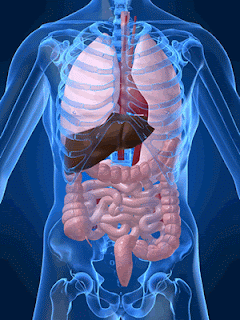Young adults between the ages of eighteen and twenty-nine have the highest prevalence of alcohol abuse.
Persons who begin to drink at an early age, especially before the age of fourteen, have a greater risk for developing problems with alcohol.
Persons with a family history of alcohol abuse or alcoholism are also more likely to experience alcohol-related problems.
In the United States, American Indians and Alaska Natives (AI/ANs) have the highest rates of current and heavy drinking of all racial or ethnic groups. Deaths from chronic liver disease and cirrhosis are nearly four times greater among AI/ANs compared to the general U.S. population. They also have a higher prevalence of drunk driving compared to the general U.S. population.
The U.S. Department of Health and Human Services and the U.S. Department of Agriculture recommend that alcohol be consumed in moderation only. Moderation is considered two drinks per day for men and one drink per day for women (one drink is defined as twelve ounces of beer, five ounces of wine, or 1.5 ounces of a distilled spirit).
Drinking alcohol is inappropriate for recovering alcoholics, persons under the age of twenty-one, persons taking medication, those who plan to drive, and women who are pregnant or plan to become pregnant.
There is no known safe level of alcohol consumption during pregnancy, as it could injure the fetus. Alcohol consumption during pregnancy may result in fetal alcohol syndrome (FAS) or fetal alcohol effects (FAE). FAS is characterized by growth retardation, facial abnormalities, and central-nervous-system dysfunction.
FAS is irreversible and will affect children their entire life. If a fetus's exposure to alcohol during pregnancy is not severe enough to cause FAS, it may result in fetal alcohol effects (FAE), alcohol-related developmental disabilities (ARDD), or alcohol-related neurodevelopmental disabilities (ARND).
In conclusion, knowing the effects of alcohol on the body and the consequences of alcohol abuse and misuse is very important. When consumed in large amounts or irresponsibly, alcohol can cause extensive damage to health and well-being, including liver damage, poor nutritional status, birth defects, and death. Therefore, if alcohol is consumed, it should be done so responsibly and in moderation only.
CRADITE TO >>> http://www.diet.com/
















